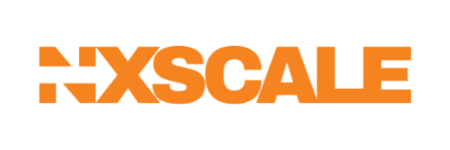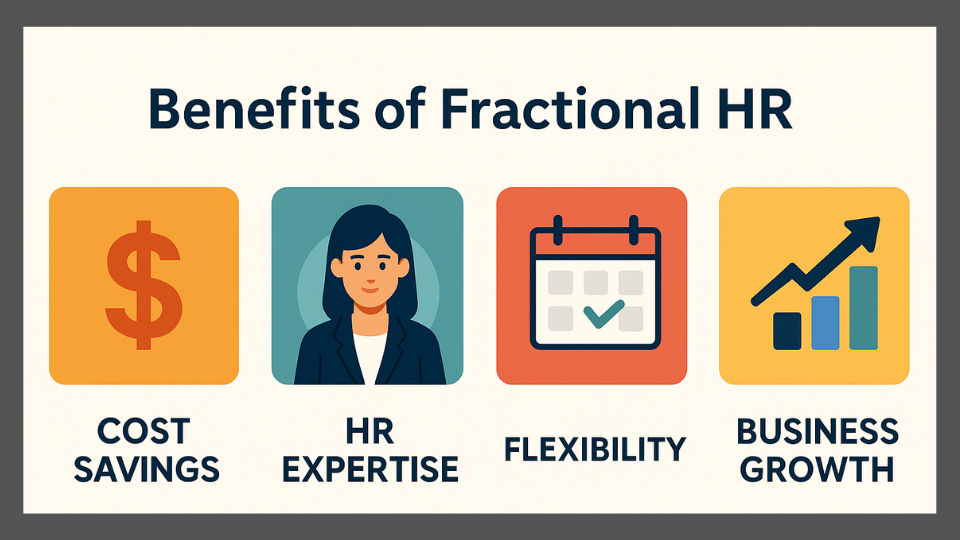Fractional HR has slowly been gaining traction, and with good reason. It’s a cost-effective solution that’s easily scalable, and it’s flexible enough for the needs of both small and large businesses. Below are a few of its benefits.
It Saves Money
Compared to hiring and maintaining a full-time HR team, fractional HR services provide significant cost savings because you pay only for the services you need. You also don’t need to worry about employee benefits like leaves, severance, and paid time off. In most organizations, the HR department is one that gets the most scrutiny because it doesn’t directly generate revenue for the company. However, there are overhead costs for full-time HR professionals—most of which are eliminated when you make use of fractional HR services. The money you save can then be re-allocated on more vital areas of the business.
It Provides Expertise on Demand
Fractional HR opens the door to experienced HR professionals with diverse skills and backgrounds, without the cost of a full-time hire. It provides a pool of specialized knowledge and HR experts without the strings. As your business needs evolve, fractional HR allows you to cherry-pick only the services you need at any given time. Choosing the right fractional HR partner means having the right people and relevant knowledge at hand when and where you need them.
It’s Flexible and Scalable
Easily scalable, fractional HR allows you to work with the right people at the right time, giving you the power to change services as your business needs evolve. This means that the HR professionals you work with are always on the same page with you. small and medium-sized organizations often don’t comprehend the nuances of HR and jump into hiring an HR manager and team, only to discover later on that the team doesn’t align with their expectations. Fractional HR helps these organizations gain a deeper understanding of the dynamics of the HR function without the commitment. This allows them to make changes later on—or keep using fractional HR services if these services suffice.
It Mitigates Risk
Staying compliant with local employment rules and regulations is, arguably, the most vital role of HR teams. Fractional HR professionals can conduct compliance audits to ensure that an organization adheres to regulations and develop risk mitigation strategies to minimize the impact of potential compliance issues. They help keep business owners abreast of relevant legal changes and HR trends that will help keep a company’s competitive edge. Regular audits and policy reviews by HR professionals lead to strategic and data-driven recommendations, which ensure continued compliance and overall business efficiency.
It Provides a Fresh Perspective
Every business will have its own unique HR challenges, and there won’t be a one-size-fits-all solution. Bringing in a fractional HR team provides a fresh perspective because they aren’t directly connected to your in-house HR team. A fresh set of eyes can help identify weaknesses or areas where your HR team might require additional support. It also helps fill your in-house team’s skill gaps and provides relevant knowledge and experience without the high cost of hiring full-time staff.
Fractional HR: What’s the Difference?
It may be difficult to distinguish between two approaches with the same objectives, but the differences between fractional HR and outsourced HR become apparent when it comes to implementation. The most obvious difference between fractional and traditional HR is the employment structure. A traditional HR employee is on your payroll, receiving a full salary, benefits, PTO, and perhaps bonuses. They are embedded within your organization.
Fractional HR professionals, on the other hand, are usually independent contractors or employed by a consulting firm. You pay for their time or a defined scope of work. There are no payroll taxes, no health benefits to cover, and no long-term commitment. This alone can save a significant amount of money annually.
Strategic vs. Administrative Focus
The nature of work is another major difference between fractional HR and traditional and outsourced HR. Full-time HR employees often juggle both administrative and strategic duties—sometimes leaning more toward the former, especially in small teams. They might be caught up in paperwork, scheduling interviews, or managing payroll systems.
In contrast, fractional HR services are employed to solve specific problems or execute high-impact projects. It operates on a strategic level, often working with leadership initiatives to shape company policy, structure, and growth plans. They’re less involved in daily HR tasks and more focused on driving outcomes.
Flexibility and Customization
With traditional HR, roles are more rigid. Job descriptions are fixed, and expanding responsibilities usually mean hiring more staff. With fractional HR, your engagement can evolve fluidly. This is particularly useful in fast-paced business environments where priorities shift rapidly.
Need someone to handle recruiting this month and then pivot to compliance next month? No problem. Fractional HR offers unmatched flexibility. You can adjust the scope of work based on current business priorities.
Fractional HR vs. Other HR Alternatives

































